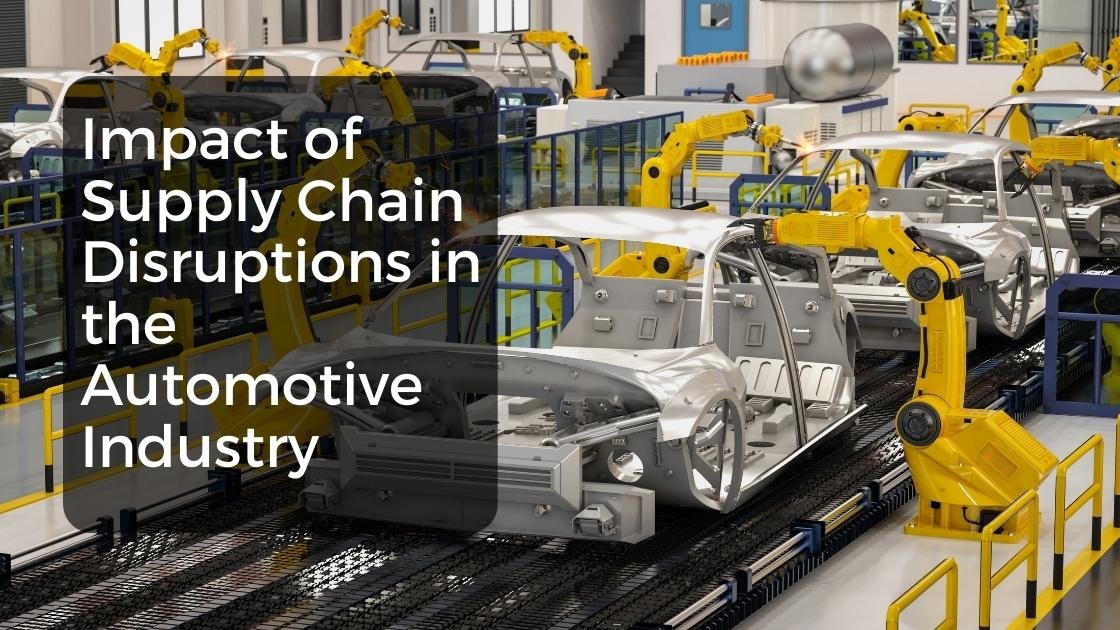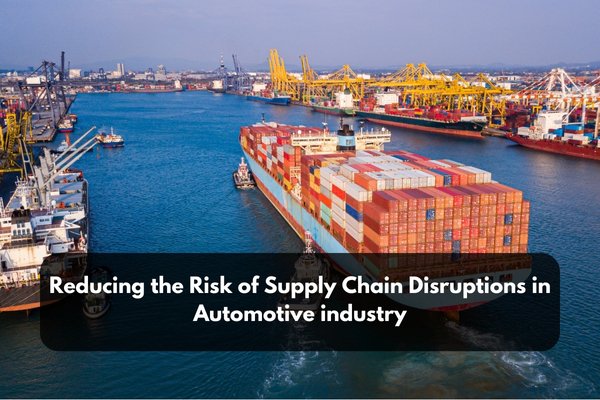The automotive industry is a highly complex and interconnected ecosystem that relies heavily on a well-functioning supply chain. From raw materials to finished vehicles, various components and processes come together to create the final product. However, this intricate network is not without its vulnerabilities. Disruptions, whether due to natural disasters, geopolitical tensions, or other unforeseen events, can significantly impact the industry’s operations and profitability. This is where effective supply chain risk management becomes crucial.
Understanding Supply Chain Risk in the Automotive Industry
Supply chain risk in the automotive industry refers to the potential disruptions, challenges, and uncertainties that can impact the flow of materials, components, and finished products across the supply chain. These risks can arise from various sources, including supplier-related issues, transportation bottlenecks, geopolitical factors, economic fluctuations, and even technological vulnerabilities.
The global nature of the automotive supply chain amplifies these risks. Many components and materials are sourced from different regions and countries, making the industry susceptible to disruptions like trade disputes, political instability, and transportation delays. For instance, a strike at a key supplier’s facility can quickly cascade down the supply chain, affecting multiple manufacturers.
Key Strategies for Effective Supply Chain Risk Management
Diversification of Suppliers and Sourcing
Relying on a single supplier for critical components can be risky. Establishing relationships with multiple suppliers for essential parts can help mitigate the impact of disruptions. Moreover, considering regional diversification of supply chain can help reduce the exposure to geopolitical and logistical risks.
Risk Assessment and Mapping
Conduct a thorough assessment of the supply chain to identify potential risks and vulnerabilities. This involves mapping out the entire chain, understanding dependencies, and assessing the impact of various disruptions. This assessment can aid in developing targeted strategies for risk mitigation.
Collaborative Relationships
Building strong relationships with suppliers goes beyond transactional interactions. Collaboration and open communication can create a sense of partnership, encouraging suppliers to share early warnings about potential disruptions. Additionally, strong relationships can facilitate faster recovery during and after a disruption.
Technology and Data Analytics
Implementing advanced technologies like Internet of Things (IoT) devices, data analytics, and artificial intelligence can provide real-time visibility into the supply chain. This enables proactive identification of potential disruptions and allows for quick decision-making to minimize their impact.
Inventory Management and Buffer Stocks
Maintaining excess inventory as buffer stocks can help alleviate the impact of supply disruptions. While this may increase carrying costs, it ensures that production can continue even when faced with short-term interruptions.
Scenario Planning
Develop various scenarios to anticipate and prepare for potential disruptions. By simulating different situations, companies can identify gaps in their preparedness and develop strategies to address them.
Flexibility and Agility
A rigid supply chain structure can be susceptible to disruptions. Building flexibility and agility into the supply chain can help adapt to changing circumstances. This could involve designing modular production processes that can be adjusted quickly or establishing alternative transportation routes.
Insurance and Risk Transfer
While not applicable to all types of risks, certain supply chain disruptions can be mitigated through insurance and risk transfer mechanisms. This can provide a financial safety net in the event of significant disruptions.
Continuous Monitoring and Adaptation
Supply chain risk management is an ongoing process. Regularly monitor the supply chain, assess new risks, and update strategies accordingly. What works today might not be effective tomorrow, especially given the dynamic nature of the industry.
Employee Skill Development
Equip supply chain professionals with the necessary skills to handle complex and dynamic situations. This includes training in risk assessment, crisis management, and decision-making under uncertainty.
In conclusion, the automotive industry’s intricate web of suppliers, materials, and processes is both a strength and a vulnerability. Recognizing the multifaceted nature of supply chain risk is imperative in safeguarding operations and profitability. By employing strategies such as supplier diversification, meticulous risk assessment, collaborative partnerships, technology integration, and adaptable practices, the industry can navigate the uncertainties inherent in its global supply chain. With continuous vigilance, preparation, and skill development, supply chain risk management in the automotive industry becomes the cornerstone of sustained success in an ever-evolving landscape.



